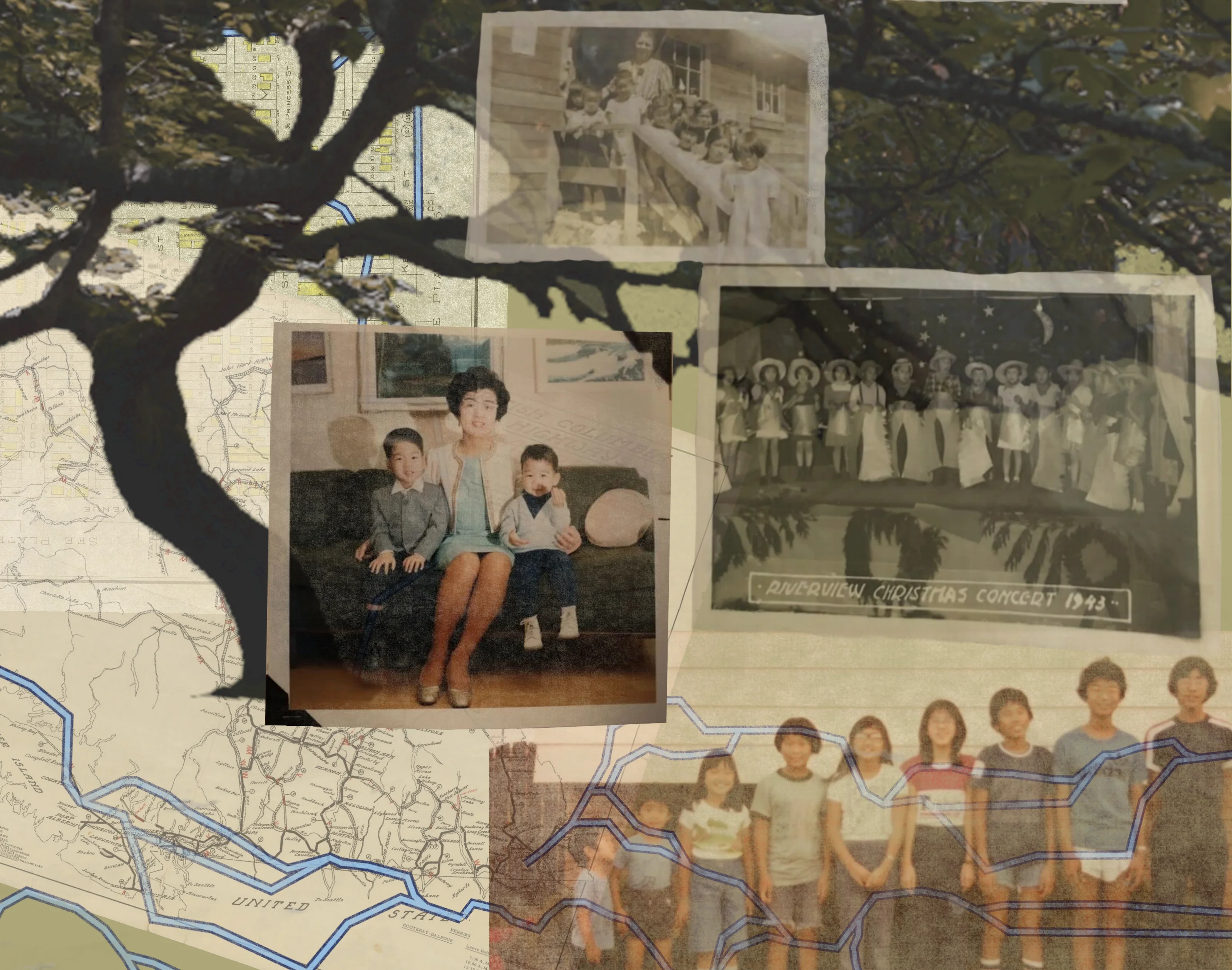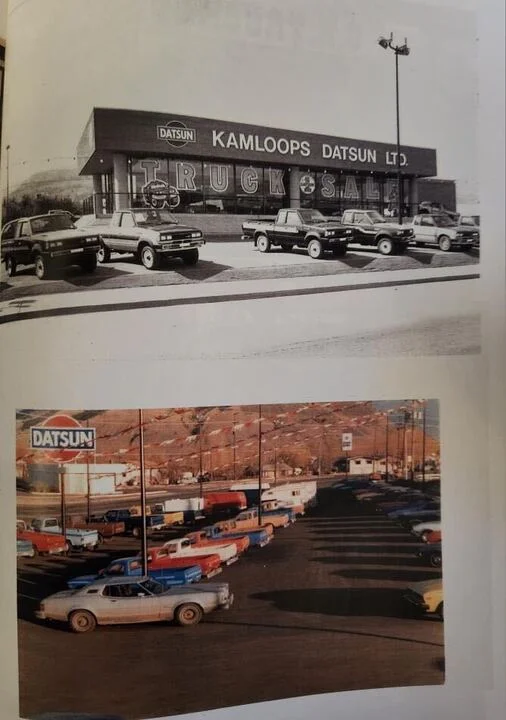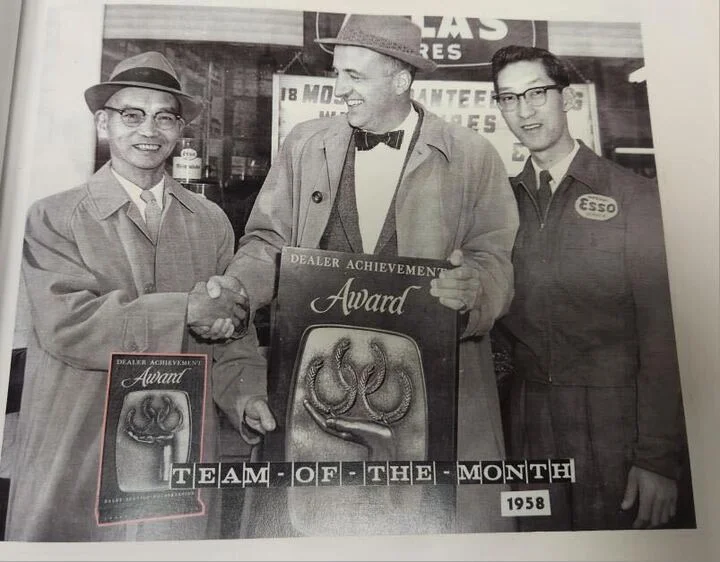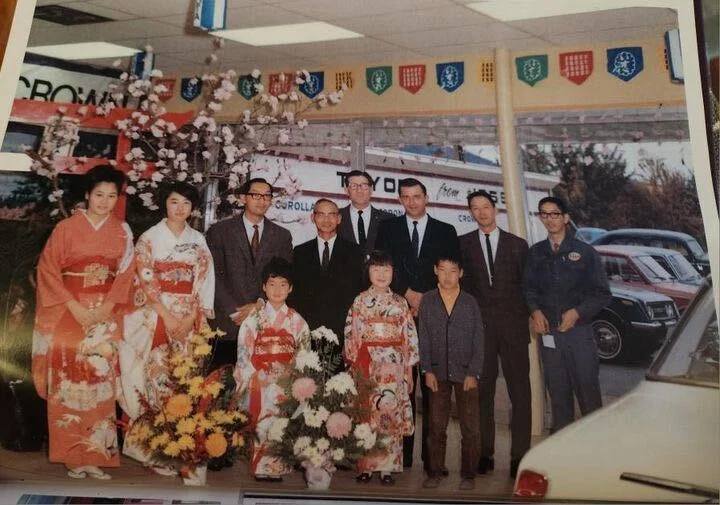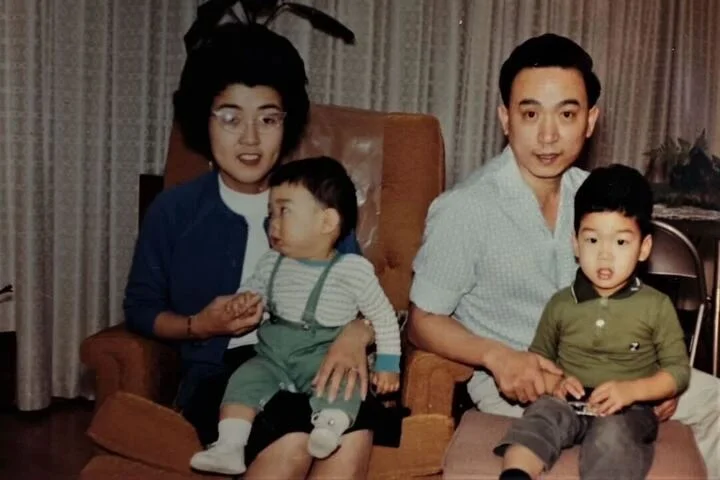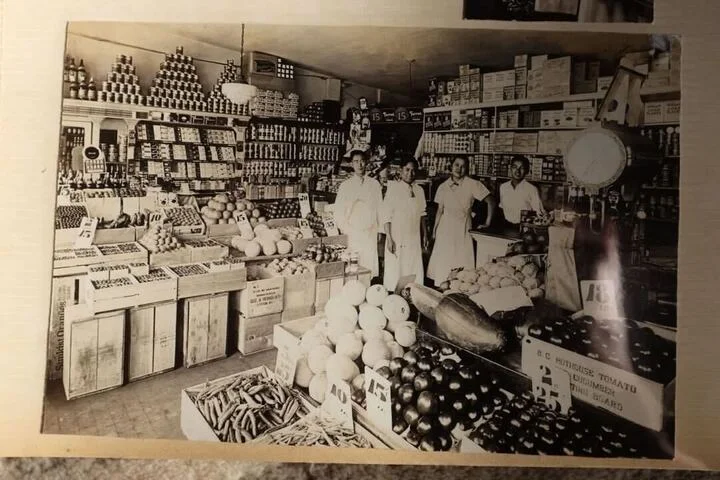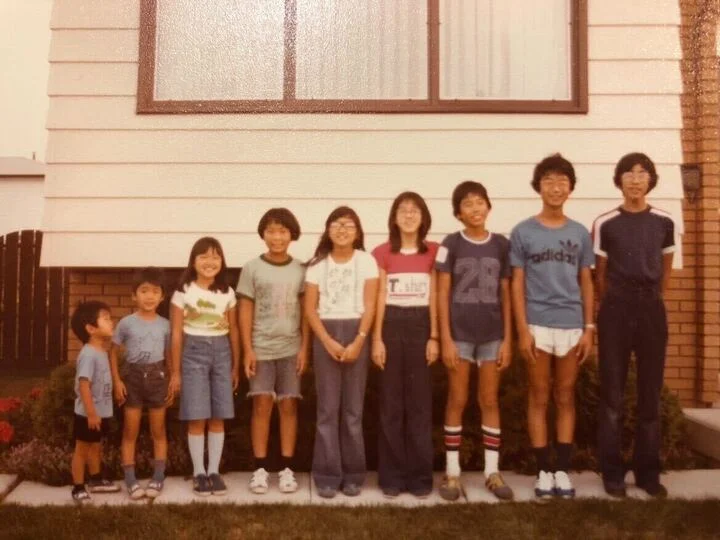Hannah Takasaki and Troy Chong first connected over chow mein.
A chance encounter in the Sprouts kitchen allowed Takasaki, a third-year land and food systems student, and Chong, a fifth-year microbiology and immunology student, to discover their shared Japanese Canadian heritage and to chat about chow mein.
Made of stir-fried celery, onions, noodles and a handful of other ingredients depending on which family you ask, chow mein is a staple for many Japanese Canadian families.
But, chow mein isn’t traditionally made in Japan. It’s a classic Chinese comfort dish that has become a Japanese Canadian staple. The Nisei generation — second generation Japanese immigrants — had only Chinese spices readily available due to their internment in Interior BC.
“Japanese people from Japan don’t make [chow mein],” said Takasaki. “It’s a uniquely Japanese Canadian thing, which is really cool and shows how robust Japanese Canadian culture is.”
Takasaki and Chong both have great-grandparents who immigrated to Canada from Japan, making them part of the Yonsei generation, a term used to describe fourth-generation Japanese diaspora. Their family histories show how Vancouver’s Japanese community has grown and changed across its 150 year long history.
The first known Japanese immigrants arrived in Canada in 1877, forming the Issei generation.
These immigrants and their second generation children, part of the Nisei generation, were denied citizenship, voting rights and were banned from some professions alongside other immigrant and racialized communities.
Between 1942 and 1949, 22,000 Japanese Canadians along the West Coast were forcibly evicted from their homes, and some were sent to internment camps following the bombing of Pearl Harbor.
During this time, 76 Japanese Canadian students at UBC were forced into internment before they could complete their degrees.
In 2012, UBC held a ceremony to grant these 76 students honorary degrees following years of advocacy to have UBC acknowledge its complicity in internment.
Now, a new generation of Japanese Canadian students have made their way back to campus.
Relinquished identities
The Japanese Canadian experience in BC is one of loss and reconnection, but the Yonsei generation seems keen on focusing on the latter.
Chong’s grandparents were born in Vancouver before the start of the Second World War. Internment sent the family to Kamloops, where they eventually settled down and raised his mother.
“There was a lot of moving and resettlement due to the internment camps,” said Chong. “They had their home in Vancouver and they had to lose everything.”
Starting over in the interior wasn’t easy.
Chong’s grandfather, the eldest sibling, learned how to speak English independent of his parents who spoke Japanese. This allowed Chong’s grandfather to help his family run their own business — a successful Kamloops Toyota dealership.
“My grandpa really sacrificed quite a lot, and he really worked really hard especially to give the rest of his siblings a future,” said Chong. “With everything that happened, they had to make the most of it.”
Chong said his family still lives there, and he visits often.
Growing up in the Lower Mainland, Chong felt “very in-between” his backgrounds. During his high school years, Chong said he “could just tell” his experience with Japanese and Chinese culture was different from most of his peers — he didn’t relate to the experiences of more recent Chinese and Japanese immigrants.
For Chong, his inability to connect with common “cultural cues” meant he felt like an outsider with his Asian peers, while stereotypes kept him from forging connections with his Canadian peers.
“I had that Asian stereotype of working pretty hard,” said Chong. “I couldn’t really connect with them, because they kind of saw [me] as a super big stereotype.”
The inability to resonate with any dominant cultural experience led Chong to mixed feelings about his cultural heritage.
“For a long time, I really struggled,” said Chong. “I spent a lot of that time resenting a lot of my background.”
But Chong has made efforts to keep in touch with his Japanese heritage. This year, he accepted a co-op position in Japan.
“My Asian culture is something that I didn’t have a lot of time to connect [with] … I’m going to take that effort to learn about it,” said Chong. “I guess that’s the reason why I’m here in Japan, right now, working.”
Learning about his heritage later in life has allowed Chong to view Japanese culture through a nuanced lens.
“What a great opportunity to learn about my roots and my culture, to actually learn the language and to learn where I’ve come from,” said Chong. “I think being able to learn about this later in my life gives me a deeper appreciation and understanding of where I’ve come from … I can see the good things and the bad things about our culture.”
Touching base
Takasaki grew up in Natick, Massachusetts, a town of around 36,000 in the Greater Boston area.
“It’s a very white town,” said Takasaki.
Growing up, Takasaki didn’t consider herself “very Japanese” because she’s a fourth-generation Japanese Canadian, but she said she dealt with others mispronouncing her last name and made fun of her for being smart “because she’s Asian.”
Takasaki faced similar stereotypes to Chong during her childhood.
“I played piano, and I was very academically driven as a child,” said Takasaki. “I kind of fit the stereotype of a classic Asian kid.”
For Takasaki, the process of unlearning internalized racism and being proud of her cultural heritage started during her high school years.
“I kind of thought of [being Asian] as a bad thing,” said Takasaki. “And then ... I was like ‘Wow, I can’t believe I thought of that as like a negative thing.’”
But today, the diversity on campus is one of Takasaki's favourite things about UBC.
Takasaki traced a disconnect from her Japanese heritage to her father’s experience growing up.
Takasaki’s grandfather's family owned a store around Vancouver’s Gastown neighbourhood, but moved back to Japan because of anti-Japanese sentiment following the bombing of Pearl Harbour.
Her grandmother’s family was interned in Slocan, BC, and moved back to Japan because of anti-Japanese sentiment following the bombing of Pearl Harbour. The Government of Canada started a program to disperse the Japanese Canadian population, allowing those who are “loyal” to stay in Canada and “repatriating” the disloyal to Japan, according to the Nikkei National Museum & Cultural Centre.
“I feel like a lot of Japanese people moved away from Vancouver because … the BC government took everything from these Japanese people,” said Takasaki about internment. “If I were my great-grandparents, I wouldn’t want to stay in Vancouver. I get released from the internment camp, but I have no business, I have no home, I have no place to go.”
While her grandmother and her family moved to Japan, her grandfather’s family fled into the BC Interior. Takasaki's grandmother eventually moved back to Canada in her early 20s. Once her grandparents met, they settled in a Montreal suburb where Takasaki’s father was raised.
Takasaki said the move pushed her father to hide his cultural heritage.
“It was a very white suburb,” said Takasaki. “He was bullied growing up because he was Japanese … I think he internalized a bit of racism and also relinquished his Japanese identity to fit in.”
Takasaki said this impacted her growing up. Her family didn’t regularly celebrate Japanese culture and traditions and growing up and she didn’t think of herself as Japanese.
The University of Victoria and the Nikkei National Museum & Cultural Centre collaborated to create the Landscape of Injustice’s database, which archives and provides access to records on Japanese Canadians in BC during the 1940s and the interment period.
The resource helped Takasaki learn more about her Japanese ancestors and discover their Vancouver connection. She realized she had a familial connection to the city through her Japanese side.
“This database [shows] where my grandparents were born and where they grew up, and their addresses before they were displaced,” said Takasaki. “I was able to see exactly where my grandmother and my grandfather were born and where they lived.”
Growing up, Takasaki watched the documentary One Big Hapa Family which highlighted the growing number of mixed-race members of the Japanese diaspora, helping her relate as a mixed white and Japanese person.
But it made her question if her Japanese heritage could be in danger of fading out.
“I worry that if I don’t marry a Japanese person and have Japanese kids, my Japanese heritage and my culture is gonna get lost along the way,” said Takasaki.
Takasaki, the eldest of four, began encouraging her father and siblings to “celebrate [their] Japanese side” and learn more about the family’s history during the COVID-19 lockdown.
“It’s cool to learn about these things and feel some sort of connection to it, even if it’s pretty distant,” said Takasaki. “[You] are part of this culture that you’re removed from but you’re trying to learn again for yourself.”
And for the Takasaki family, the kitchen played a central role in building that connection.
Some of Takasaki’s fond memories include being in the kitchen with her grandma and making yaki manju cookies, small dough cookies with red bean filling.
Making ozoni, a mochi rice cake soup served at New Years, and cooking soba noodles and chow mein have all become ways to seek out connection for Takasaki.
“I definitely think that I want to continue [those] traditions,” said Takasaki. “I want to keep making chow mein for my kids.”
Looking onwards
Exploring their Japanese Canadian identity as they navigate adulthood has been a purposeful journey for Chong and Takaski, and Chong said it was “pure luck” that they met.
“I’m sure that there’ll be more and more of these kinds of stories popping up here and there … Hopefully I’ll meet more people like myself,” said Chong. “It was very cool to have met Hannah … Hannah’s the first fourth gen that I’ve met.”
With over a century’s worth of history in Canada, the Japanese Canadian community holds a unique position in the broader Asian diaspora.
For Chong, being part of the Yonsei generation is a source of pride. It’s given him a unique perspective on the world.
“I’m very proud of being a Japanese Canadian.”


